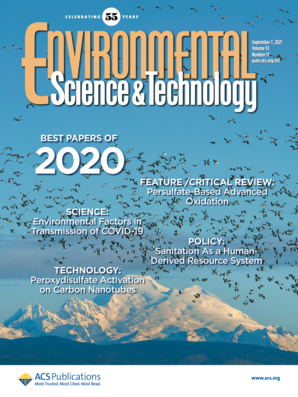Household consumption carbon footprint and inequality reductions are vital for sustainable transition of the society, especially for rural areas. This study, focusing on rural China, one of the fastest growing economies, with a massive population, explored the carbon footprint and inequality of household consumption using the latest micro household survey data of 2018 linked to environmental extended input-output analysis. The results show that in 2018 in rural China the average household carbon footprint is 2.46 tons CO2-eq per capita, which is around one third of China’s average footprint, indicating the large potential for further growth. Housing (45.32%), transportation (20.45%), and food (19.62%) are the dominant contributors for carbon footprint. Meanwhile, great inequality, with a Gini coefficient of 0.488, among rural households is observed, which is largely due to differences in type of house built or purchase (explaining 24.44% of the variation), heating (18.10%), car purchase (12.44%), and petrol consumption (12.44%). Provinces, average education, and non-farm income are among the important factors influencing the inequality. In the process of urbanization and rural revitalization, there is a high possibility that the household carbon footprint continues to increase, maintaining high levels of inequality. The current energy transition toward less carbon-intensive fuels in rural China is likely to dampen the growth rates of carbon footprints and potentially decrease inequality. Carbon intensity decrease could significantly reduce carbon footprints, but increase inequality. More comprehensive measures reduce carbon footprint and inequality are needed, including clean energy transition, poverty alleviation, reduction of income inequality, and better health care coverage.
Corresponding author: Xiangbo Xu. ydxu.ccap@igsnrr.ac.cn








